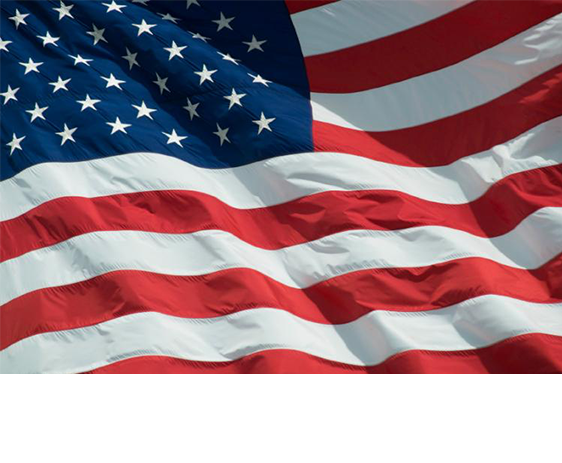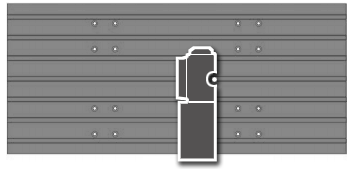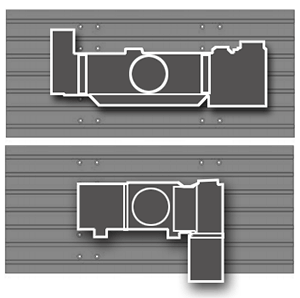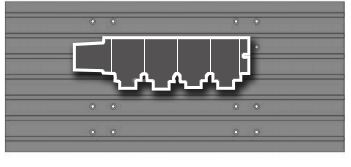Elekta - 5-axis increases accuracy
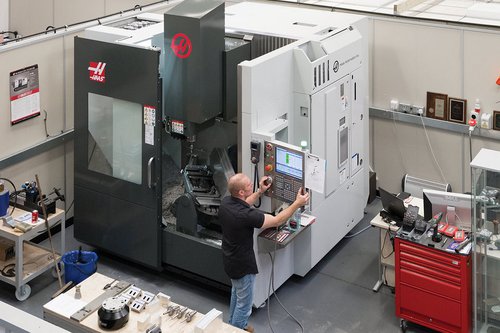
Elekta is the leading innovator of equipment and software used to improve, prolong and save the lives of people with cancer and brain disorders. The Swedish company’s advanced, effective technology is relied upon by more than 6,000 hospitals worldwide.
Elekta’s “Unity” MR-linac combines two technologies — an MRI scanner and a linear accelerator — in a single system. This allows physicians to precisely locate tumours, tailor the shape of X-ray beams and accurately deliver doses of radiation even to moving tumours. As radiation therapy continues to evolve, new techniques and technologies are largely focused on maximising the dose to the tumour site while protecting surrounding tissue as much as possible. Headquartered in Stockholm, Elekta employs 3,600 people around the world. They have a research and development department in Crawley, West Sussex, and Ryan Wightwick joined this team in the mid 2000’s. One of Ryan’s first actions was to clean up the company’s existing manual lathe and mill and put them to use. Persuading management to invest in more modern equipment, they bought new tooling and a second-hand CNC mill.
Next Ryan bought a One CNC CAD/CAM package. At every step, he strove to demonstrate the value of his purchases in machining more complex parts more accurately, and find answers to the issues which arose. The material in the wave-guides found in the linear accelerator is difficult to work-hold. The work-holding had to be produced quickly and effectively; or it would not be cost effective. Despite sourcing and purchasing modern vices, Ryan’s search for perfection continued.
Ryan decided that 5-axis was the answer. He spent many months researching the right machine and, after seeing the Haas UMC-750 in action at Banbury Haas F1 Team facility, the decision was made. Ryan discussed his findings with the Elekta management team and continued working on the old CNC machine, flagging up any possible 5-axis work. As a result, he was soon given the budget required to make the investment.
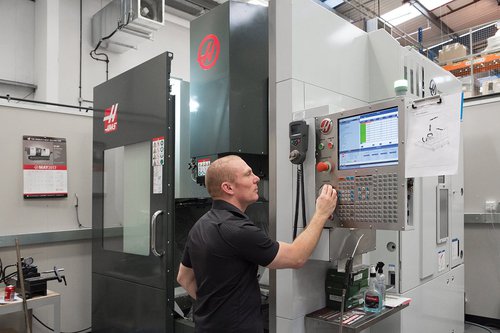
“Once we decided on the UMC, the procurement process was straightforward thanks to Haas sales manager Don Cole,” says Ryan. “Siting and commissioning by René Tournier was brilliant. He made sure every axis was centred and aligned.”
Once installed, Ryan was delighted with his choice. He explains, “The machine is value engineered, but on the right side. I looked at other more expensive machines and realised that marginal gains can make you lose sight of what’s really needed.” He adds, “Haas led the market with their design; anything available previously was at least double the price. Others have since copied the Haas knuckle trunnion machine, but just haven’t got it right. The Haas keeps the work envelope to a maximum and there’s a huge amount of space around the part for such a compact machine. The fully simultaneous 5-axis really allows for a broad spectrum of work.”
Ryan knew they’d made the right choice, the UMC-750, with its 40+1 side mount tool changer and 12,000rpm spindle, was perfect for the work Elekta do. The machine’s through-spindle coolant allows him to really push 20mm U-drills and he finds Haas’ positioning of the left-hand side tool changer further increases the machine envelope, unlike other machines they had viewed. “Using the UMC is a truly enjoyable experience. I got to grips with the control in days as the layout is completely logical and I’m familiar with G-code. I’m especially impressed with the probing routines and the dynamic work offsets and the fact that there are plenty of spare customisable offsets available.” He adds, “You don’t need to be doing complex work to use 5-axis, but when you need to keep repositioning the part, 5-axis allows this in the most accurate way.”
Elekta is not a company standing still. They combine additive and subtractive processes, printing 3D organic shapes produced by topology software, using the UMC-750 to machine where an accurate or cosmetic surface finish is required. Their next challenge is to adopt hyperMILL, running fully simultaneously for even greater control and will combine this with 5-axis.
A wide range of materials are used, including aluminium, tungsten, titanium, 316 stainless steel, copper and many engineering thermoplastics. They make the components for their guided linear accelerator on the UMC-750, as well as the equipment used both to test their products and to analyse the results. For example, their radiation shielding is assessed using an electron beam attenuator which delivers a shot of radiation to the shield to test its effectiveness. The UMC-750’s flexibility and rigidity make it the ideal machine to produce these prototypes. “The UMC is as at home with production work as it is with R&D,” Ryan concludes.
“It’s a very capable machine that doesn’t pretend to be something it’s not. No hard sell, the UMC sells itself. There are a lot of recommendations out there from Haas users, and I’m very happy to recommend it myself.”
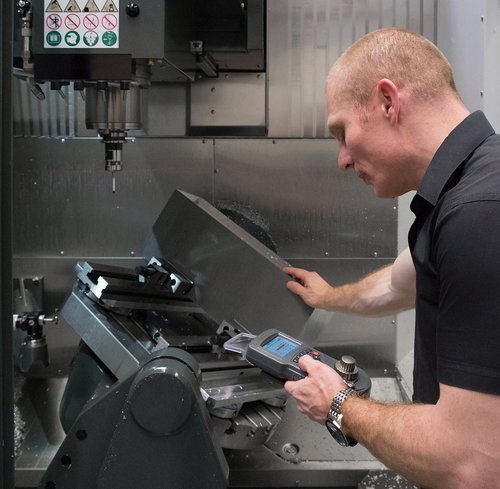
“You don’t need to be doing complex work to use 5-axis, but when you need to keep repositioning the part, 5-axis allows this in the most accurate way.”
“It’s a very capable machine that doesn’t pretend to be something it’s not. No hard sell, the UMC sells itself. There are a lot of recommendations out there from Haas users, and I’m very happy to recommend it myself.”
Ryan Wightwick


